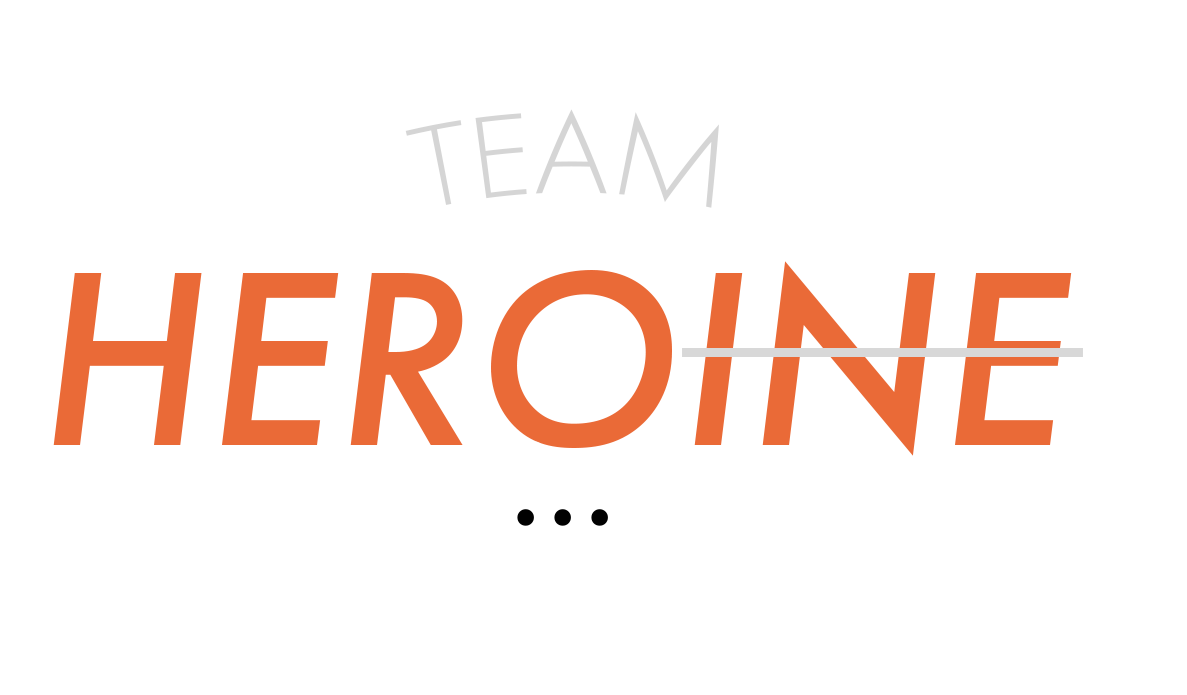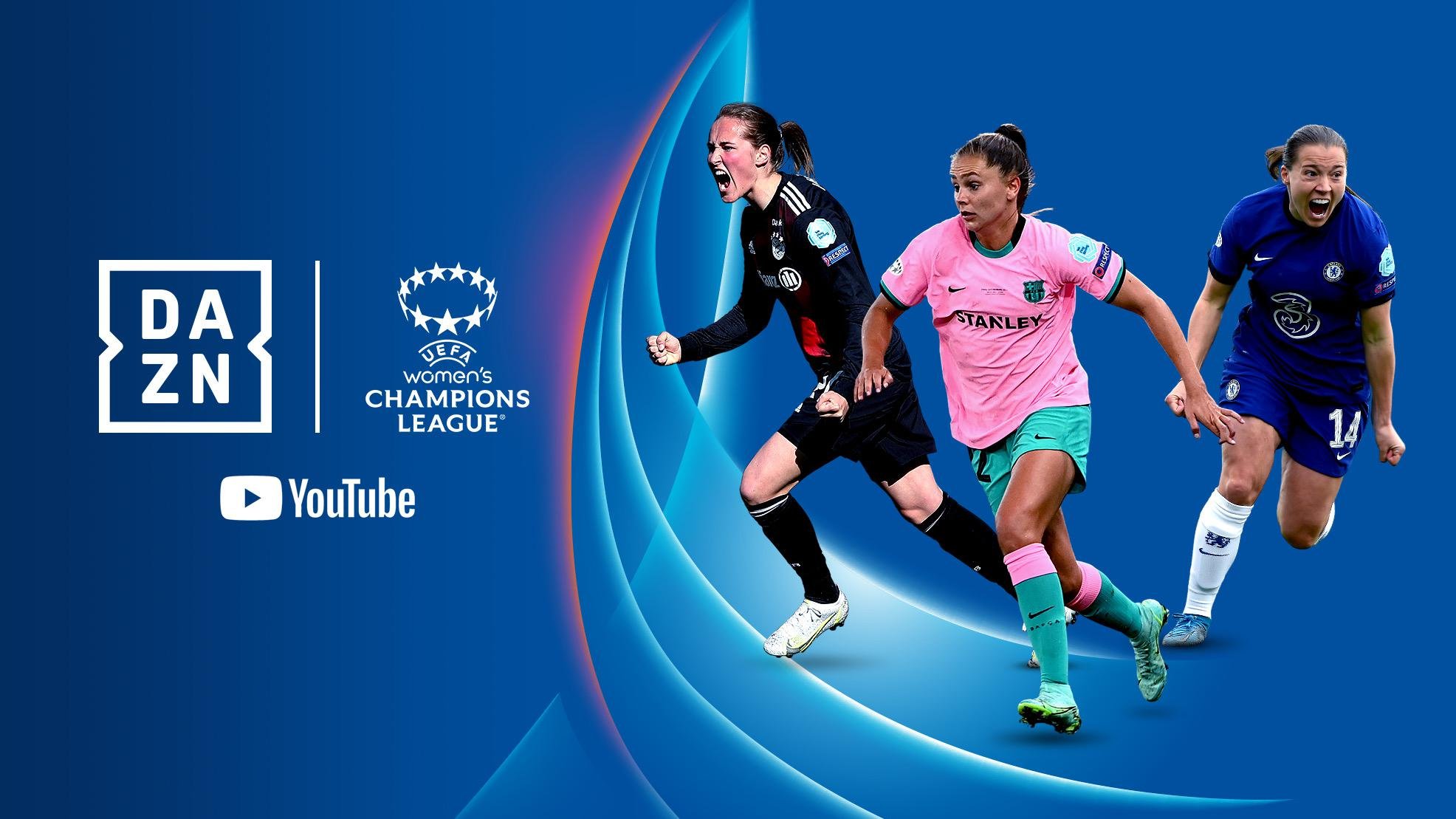5 Trends That Will Supercharge Women's Sport In 2022
5 Trends that are set to supercharge women’s sport in 2022
2022 is set to be a huge year for women’s sport not just because of the bevy of major events taking place (Cricket/Hockey/Rugby/Rugby League World Cup, Euro, Commonwealth Games plus more) but because of emerging trends that could dramatically propel women’s sport forward.
The 5 trends covered below cross over and all have a common theme of ‘community’, be it technology that enables women’s sport communities to better connect, to have better experiences or simply through right’s holders recognising and better monetizing these communities.
Here are 5 trends to be across in women’s sport this year:
1. Web3 will put women’s sport in the driver’s seat
For a 101 on Web3 along with all it’s buzz words, get the deep dive here & here.
Web3 is set to disrupt the entire sports and entertainment industry but it will have a disproportionate impact on women’s sport given the historical lack of investment, coverage and structures favouring men’s sport along with the fact that women’s sport fans are early adopters of technology (The Fan Project).
Rather than being at the whim of intermediaries or gate-keepers, Web3 allows women’s sport communities to take ownership (literally) and influence the direction of women’s sport.
Australian Open’s Virtual World, AO Metaverse in Decentraland
Web3 is still so nascent and we haven’t even scratched the surface in terms of opportunities but here are a few ways how Web3 will put women’s sport in the driver’s seat.
a) Ownership & governance of women’s sport
Web3 allows women’s sport fans to better come together thanks to the likes of Decentralised Autonomous Organisations (DAO’s). DAO’s let fans unite towards a common goal like buying a team, which would in turn give these same women’s sport fans decision making power.
DAO members can then decide the direction that these clubs take which will most definitely be in the best interest of the fans and which will most likely also be in the best interest of women’s sport and it’s future. This would most certainly spell an end to bad behaviour like we’ve seen in the NWSL with fan’s holding the power to oust management and positively influence the league.
My bold prediction is that a women’s professional team will be one of the first elite sport’s team in the world to be owned by a DAO.
b) New revenue streams
Web3 also opens up new and often much needed revenue streams for women’s sport teams, competitions, athletes and other initiatives that will benefit women’s sport through the likes of NFT’s.
Again, given the lack of valuable sponsorship and media rights deals that we’ve seen in the past, this could have significant impact with fans being the ones to directly fund the women’s sport ecosystem.
Crypto.com have just become an AFLW sponsor and with women’s sport having a more gender-even fanbase that aligns well with Crypto.com’s 53% female customer base, it’s likely more partnerships like this are on the horizon.
c) Richer experiences and sense of community
Web3 will also enable enhanced experiences with women’s sport again via the likes of NFT’s that may contain ‘unlockable content’ (like exclusive access or ‘money can’t buy’ experiences) or simply act as digital collectibles - we know owning a piece of their fandom is important to women’s sport fans.
Fan Tokens (like Socios), virtual worlds (like Australian Open’s AO Metaverse in Decentraland) and trade-able virtual goods can act as a way to connect women’s sport fans and reward their fandom in a way that we haven’t previously seen for women’s sport.
2. Creator economy will tilt THE power towards female athletes
*Creator Economy is centred around ‘Creators’ who use digital platforms to build and monetise their communities.
Thanks to social media and female athletes savviness, accessibility and relatability, female athletes have become leading content creators. The ‘Creator Economy’ will put more power in female athletes hands by not only enabling them to become better Creators but better monetise their fans.
An explosion in ‘Creator’ tools is allowing female athletes to:
a) Offer rich fan experiences like 1-on-1 Zoom sessions, personalised messages and exclusive content.
b) Monetise their fans rather that relying on pitiful payouts from the likes of You Tube or infrequent and uncertain sponsor deals.
c) Better connect their own fans with each other to rally and build stronger athlete communities.
d) Take ownership by gaining access and control of fan’s details and data rather than being at the mercy of social media algorithms and platforms who are known to gate-keep users data.
2022 will be the year that more female athletes start to turn their social media ‘audiences’ into thriving communities via creator-focused platforms like Mighty Networks.
Sam Kerr takes advantage of her big fan following my creating and monetising her kid’s book, The Flip Out.
3. Unbundling of rights will inject new energy into women’s sport
We’ve finally seen key players like FIFA and World Rugby unbundle their sponsorship rights from their men’s competitions, in turn laying the groundwork for 2022 which will see more unbundling and new energy come into women’s sport.
As more brands turn to purpose-led sponsorships to help tell their stories, particularly around Diversity, Equity & Inclusion (DEI), we’ll see new brands who have not previously been involved in women’s sport snap up women’s competition-only rights.
But it won’t stop there, we’ll also see the most-forward thinking right’s holders unbundle their broadcast media rights. In part because they are coming under increasing pressure to properly recognise the value that women’s sport delivers (like NCAA, FIFA) but also because it makes commercial sense with women’s sport delivering different audiences and opportunities that will appeal to different channels when compared to it’s male equivalents.
This can’t come soon enough in my eyes!
4. Boisterous streaming moves
We’ll see streaming platforms who have already taken an early position in women’s sport, like ATA Football, My Cujoo (Eleven Sports), Red Bee & Spring Media and DAZN double-down on their women’s sport offering in 2022.
While of course the growth of women’s sport is a factor contributing to this trend, there are other factors at play here:
a) Streaming success stories like NWSL’s international audience growth via Twitch and DAZN partnership with UEFA Women’s Champion League that are not just delivering success from an audience perspective but from an innovation, content and sponsor angle too.
b) Women’s sport fans over-index in streaming (Honoco) and are early adopters of technology (The Fan Project) making it a future-proofing no-brainer for streaming players.
c) Availability of women’s sport rights when compared to many men’s rights that are still locked down in long-term, historical, cost-prohibitive or political deals with linear channels.
d) The desire of existing streaming platforms to cement themselves as leaders and establish themselves as a dominant player in women’s sport in the future.
As well as these platforms expanding their live broadcast offering, we’ll also see an expansion in ‘shoulder’ content and interactivity to allow fans to connect further with women’s sport and its community.
5. Gamification booster
*Gamification being defined as the addition of game elements to non-game activities like content or other digital experiences.
2022 will see women’s sport get a gamification shot in the arm.
Last year we saw a handful of the more progressive women’s sport organisations experiment in this space with interactive viewing (polls, chat etc) from NWSL on Twitch and WNBA legend, Candace Parker became the first women to grace a NBA2K cover.
It’s a great place to play to strengthen existing fan relationships but also to pull in new fans. It also makes sense given women’s sport fan’s early adoption of technology, desire to co-watch, connect and show off their fandom.
Combine these fan behaviors with less restrictive, ‘traditional’ right’s deals and the opportunity to gamify streams is ripe.
Not only will content be gamified, we’ll also see it spread across fan experiences.
As an avid Angel FC fan, it’s unlikely that I will actually make it to a match in Los Angeles but I’d still like to be part of the action and show my support by purchasing a virtual Angel City jersey (in the likes of Van’s World) that I can ‘wear’ as a skin on my Avatar.
I’m also picking 2022 as the year that Football Manager launches it’s women’s edition.
Get excited for 2022 as Web3, the Creator Economy, more unbundling, streaming plays and gamification opens new opportunities and growth for women’s sport.






